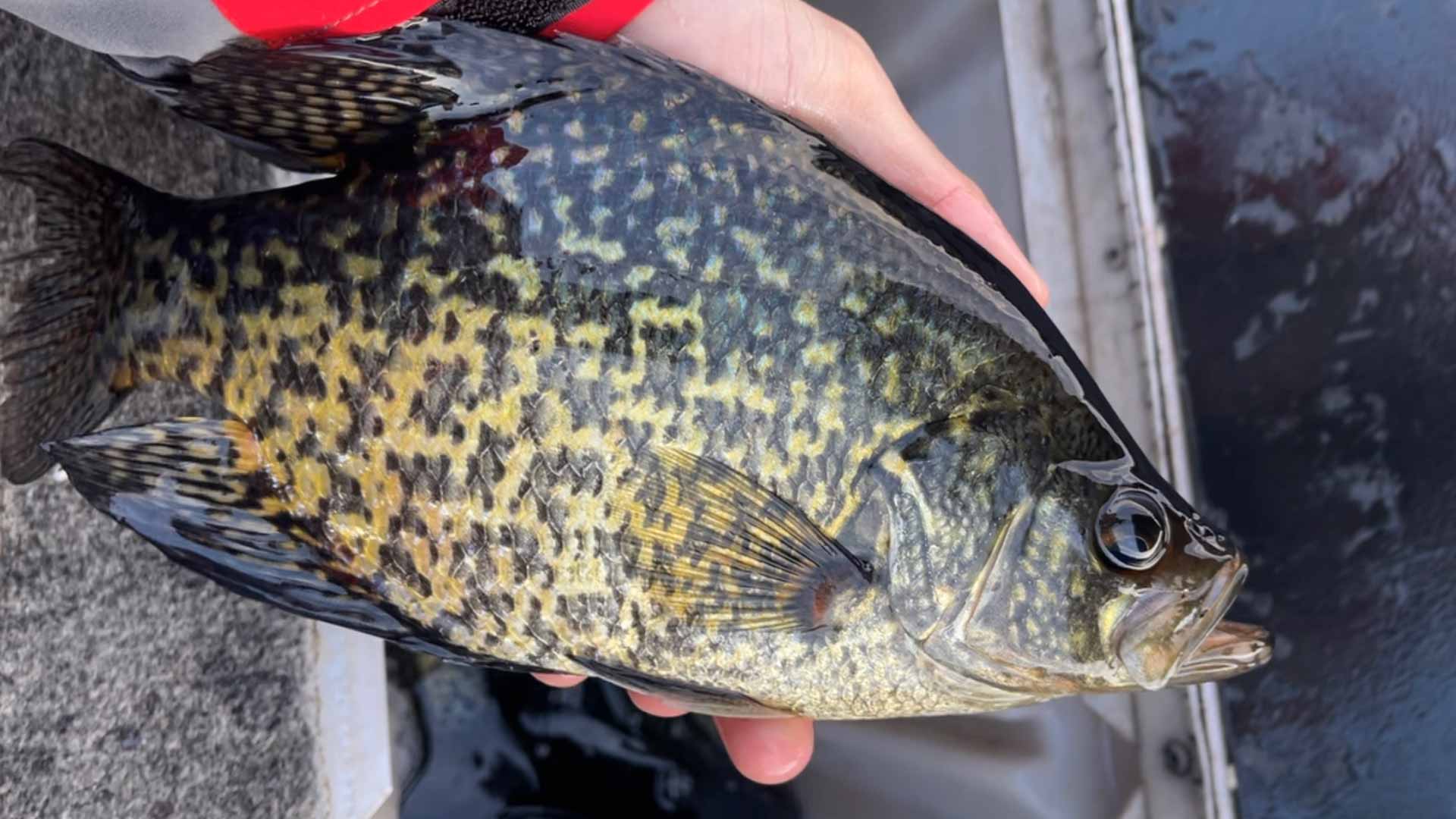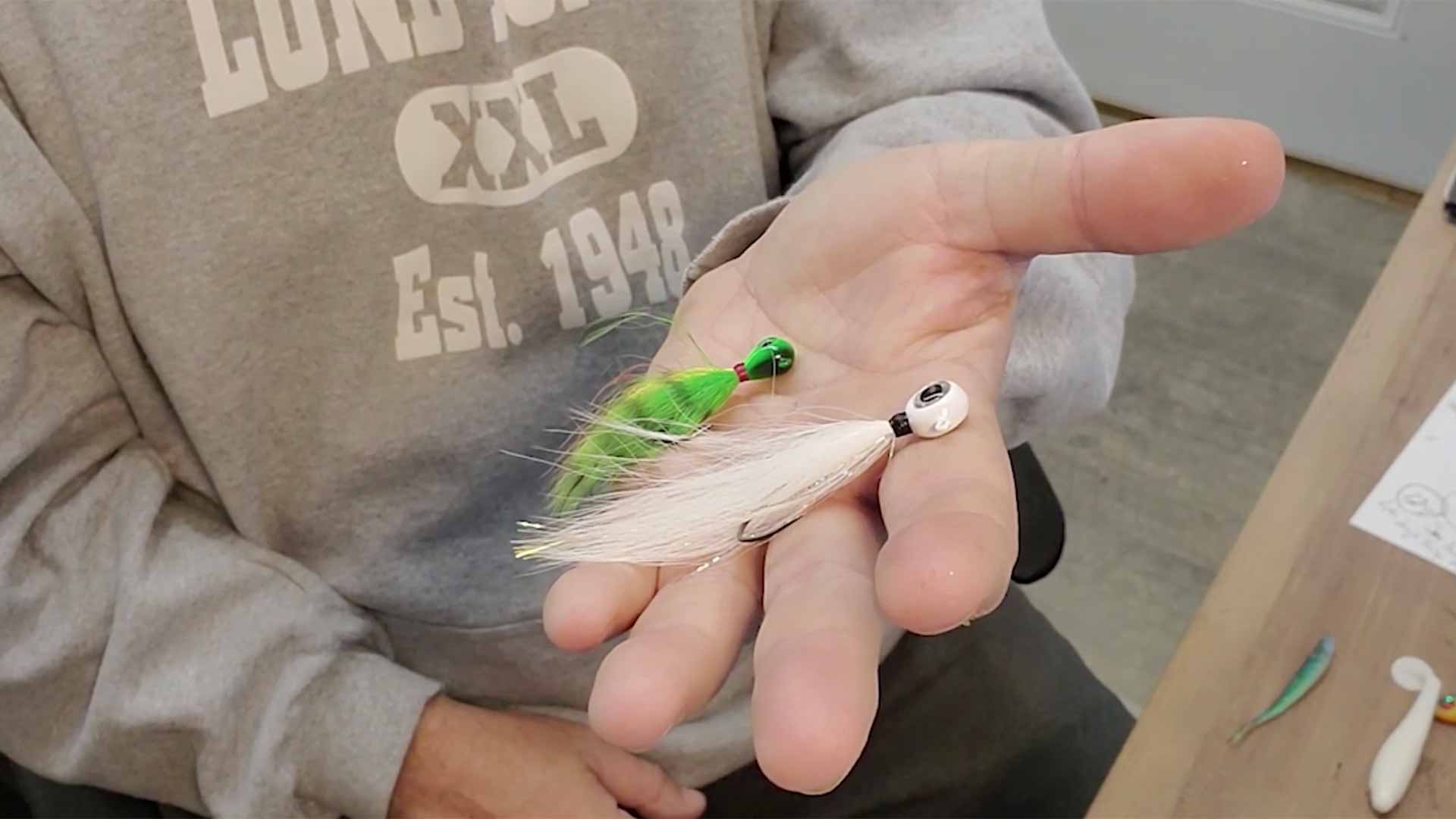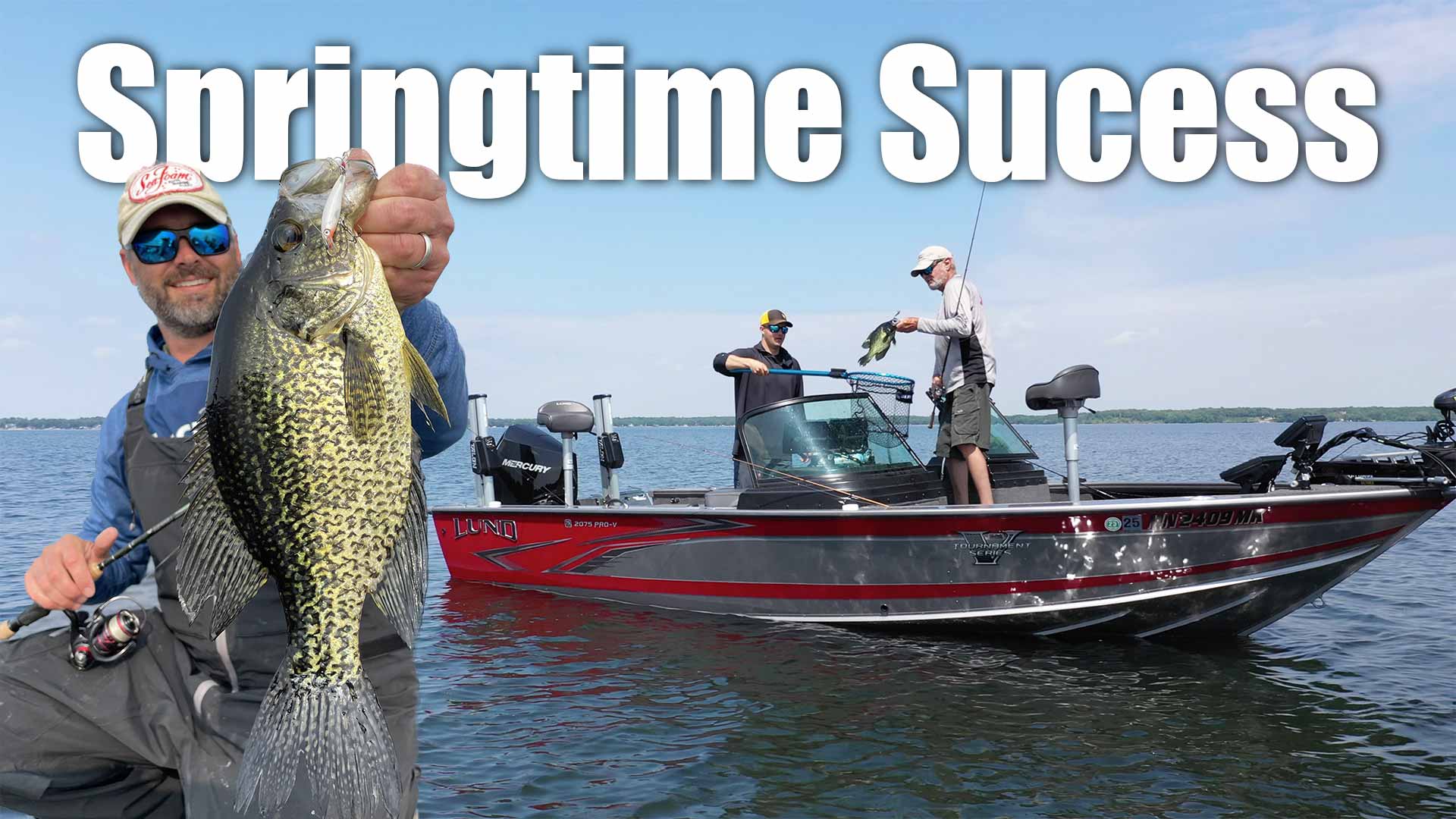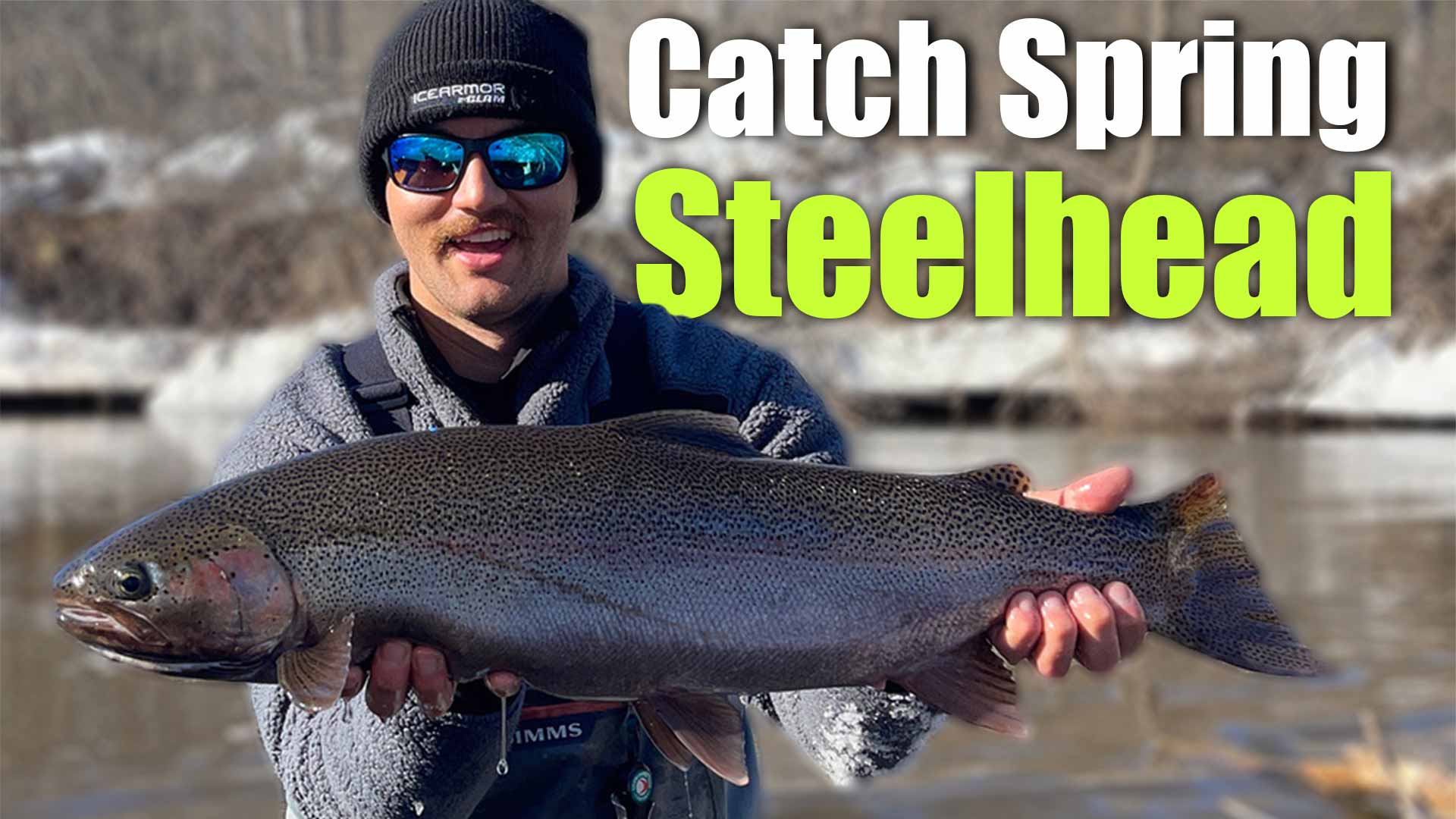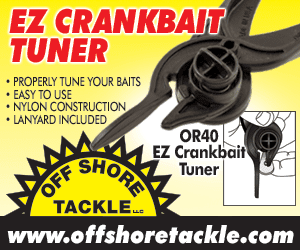Countdown to Suspended Crappies in Summer
Believe it or not, suspended crappies are fairly predictable and easy to catch throughout the summer months if you understand their behavior.
After spawning, crappies desert the extreme shallows. As they regroup and school in early summer, they typically relate to the deep outer weedline in natural lakes, or to flooded standing timber in reservoirs.
Crappies often bury within weeds or wood cover during the day, remaining fairly inactive until the low-light period around sunset, when insects begin hatching, and minnows and baitfish begin rising upward to feed on them. This triggers crappies to exit the cover and begin actively feeding.
As they do, crappies often suspend at a comfortable depth level, largely based on water clarity. Sadly, if you’re fishing lures or baits beneath the suspended crappies, your offerings won’t be seen, and you won’t get bit.
In natural lakes, the depth of the outside weedline is a good indicator of how deep crappies may suspend—usually somewhere from 6 to 8 feet deep in darker lakes, down to 15 or 18 feet in clear waters. That’s where you’ll find them right about the time the setting sun dips behind the treetops on shore. As daylight diminishes over the next 45 minutes to an hour, crappies may rise even shallower toward the surface, switching from dainty, tentative biters into aggressive feeders.
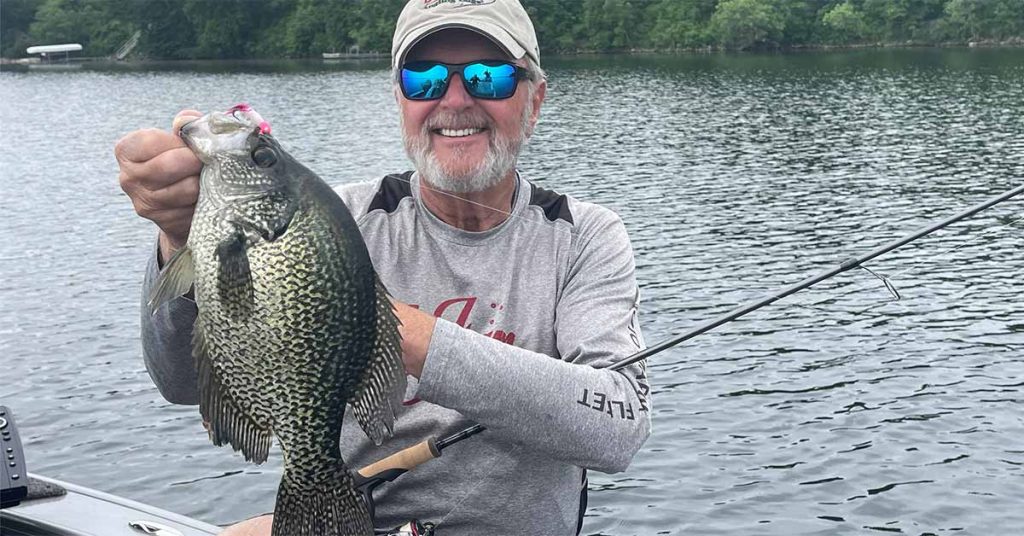
The easiest way to catch suspended crappies is to cast-and-swim a 1/16- or 3/32-ounce jig at or slightly above their level. Tiny 1½- to 2-inch plastic grubs, tubes or pre-tied marabou or hair jigs excel for slow, tantalizing sink rates and gentle swimming actions. Smoke, white, pink, yellow and chartreuse colors best imitate minnow forage.
Using medium-light spinning tackle and 4-pound-test nano braid or monofilament line, casting parallel to the outside weededge, letting the lure sink, “one thousand, two thousand, three thousand, etc.,” before reeling it slowly back to the boat. Tiny jigs usually sink about one foot per second, allowing you to target a fairly precise depth. Keep your retrieves slow and steady; exaggerated lure action usually equals fewer bites.
Use your electric trolling motor to probe slowly along the outer weededge or timberline, trying different casting angles and depths. Cast parallel to and just outside the deep weededge, letting your jig sink to 10 feet, before reeling it back in, holding your rod tip slightly above horizontal. On your next cast, pitch your jig slightly up into the weeds, let it descend 3 to 6 feet, and then tick the weed tops during your retrieve. Next cast, aim your jig out over the adjacent deeper open water, patiently allowing it to sink 12 or 15 feet before retrieval, straining different depths.
Repeat the process until you get your first bite—probably a faint bump or a slightly heavy feeling. Set the hook—it’s party time! Crappies almost always school heavily; once you find the first fish and establish the magic depth, it’s game on, catching a bunch of suspended crappies in a quick succession.
Active crappies tend to patrol back and forth along weededges or timberlines, seeking or pursuing small minnows. Schools often linger, however, at distinct points and turns along the weededge, or at distinctive standing trees along a timberline. Steep inside corners at the base of a point, combined with cover, are among the best spots to consistently attract them.
Utilize these tips and tactics to catch suspended crappies throughout the summer months!

